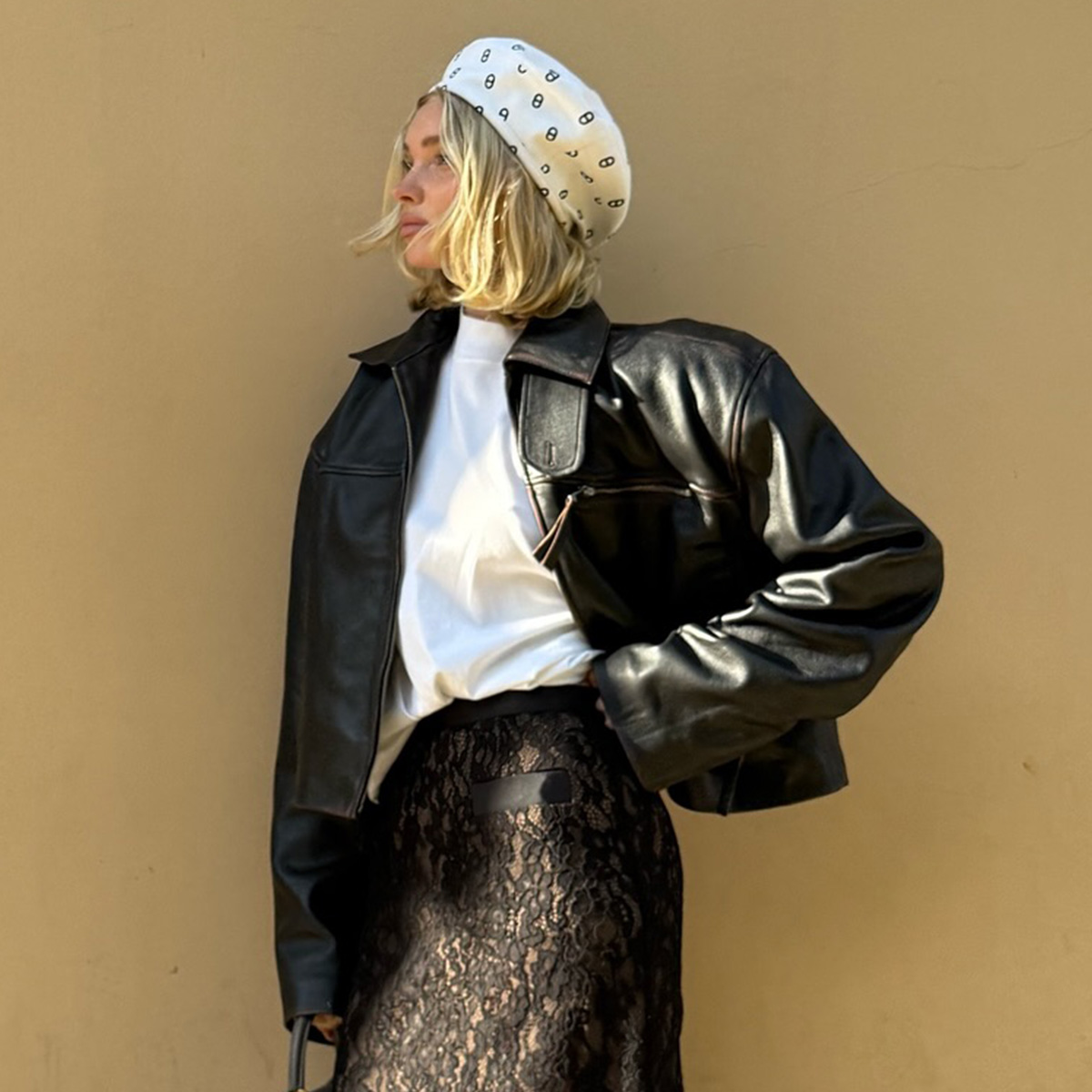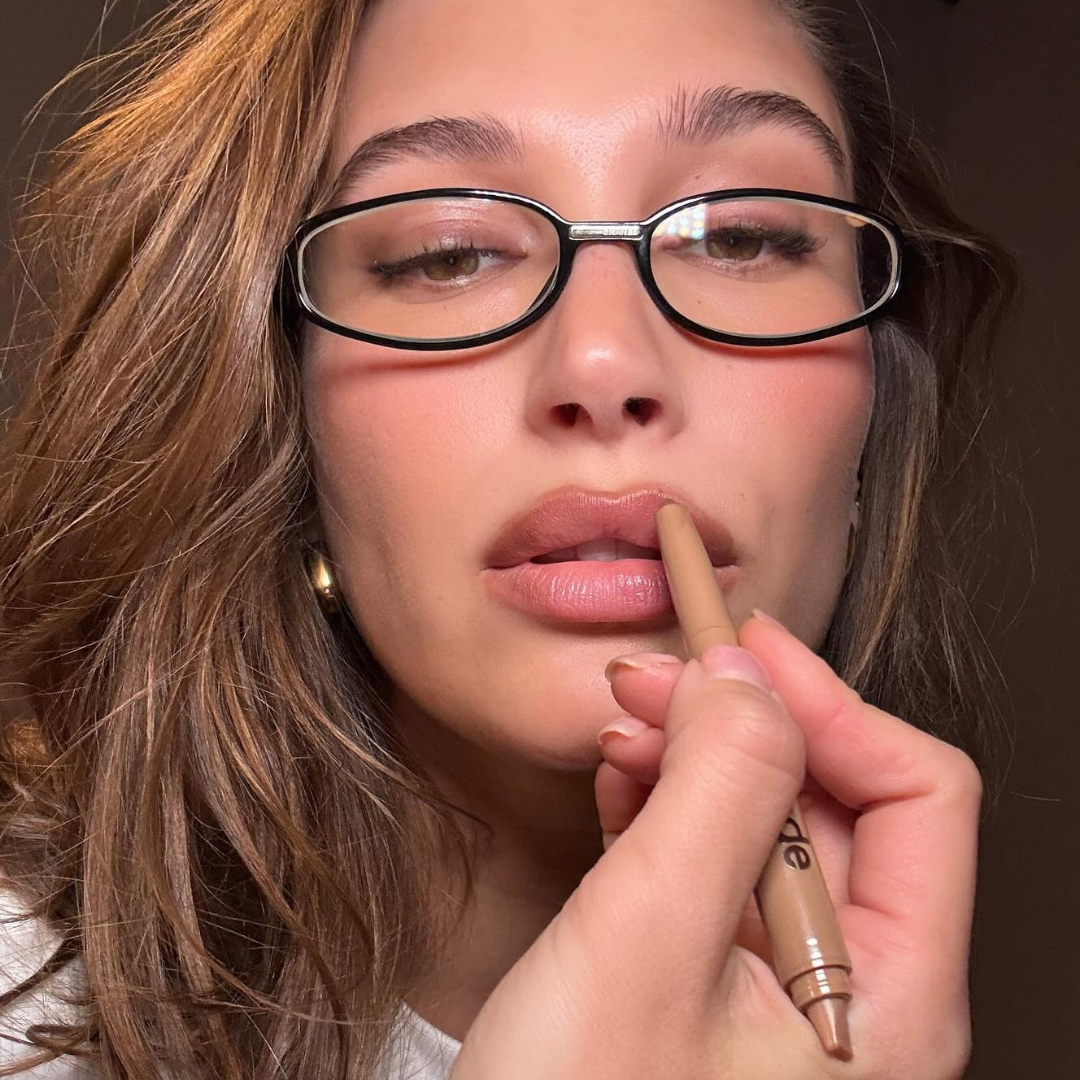This $20 Tool Is the Gateway to Smooth, Baby-Soft Skin
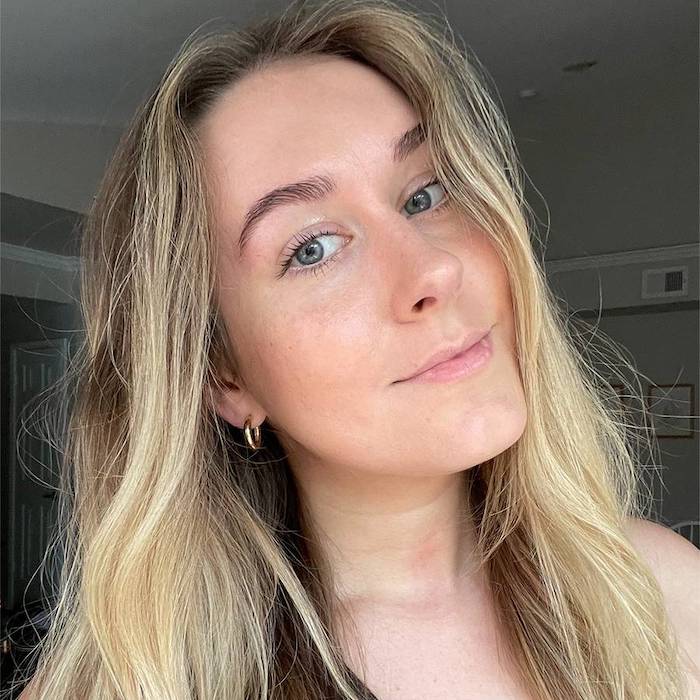

As a beauty editor, my skincare routine is ever-evolving. New ingredients, products, and tools come across my desk faster than I can test them all (I know, hard life). As a result, there are aspects of my routine that I consider "normal" now, that would have seemed completely strange at the start of my career. Dermaplaning is one of them.
Even though everyone and their mother are familiar with the practice now, I remember when I first learned about it all the way back when I was a beauty intern. I remember asking myself why I would ever shave my face. Wouldn't it irritate my skin? Wouldn't it cause my peach fuzz to grow back thicker? If only I could have seen myself now. These days, I have a small collection of dermaplaning tools that I use regularly and enthusiastically.
I recently added a new one to my collection, and I couldn't be happier with the results. At only $20, this dermaplaning tool works as well as others that are double or triple its price. Keep scrolling to see which one it is and learn why it's worthy of sitting atop your bathroom vanity.
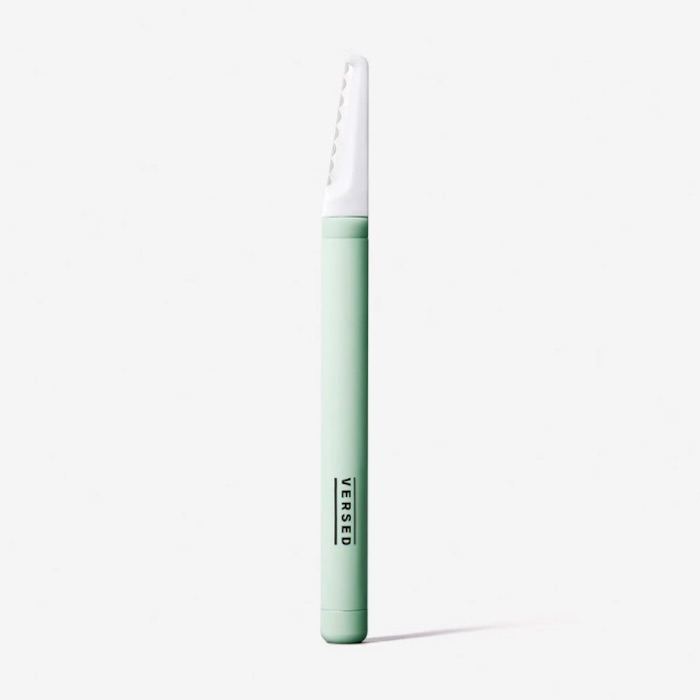
This is the dermaplaning tool in question. It might look similar to any other dermaplaning tool, but it's far superior to other drugstore versions I've tried. Unlike others that are around this price point, this one doesn't tug at my skin, exfoliate unevenly, or leave any redness or irritation behind. The secret, I think, is in the sharpness of the blades. Dead skin and facial hair are removed in one fell swipe.
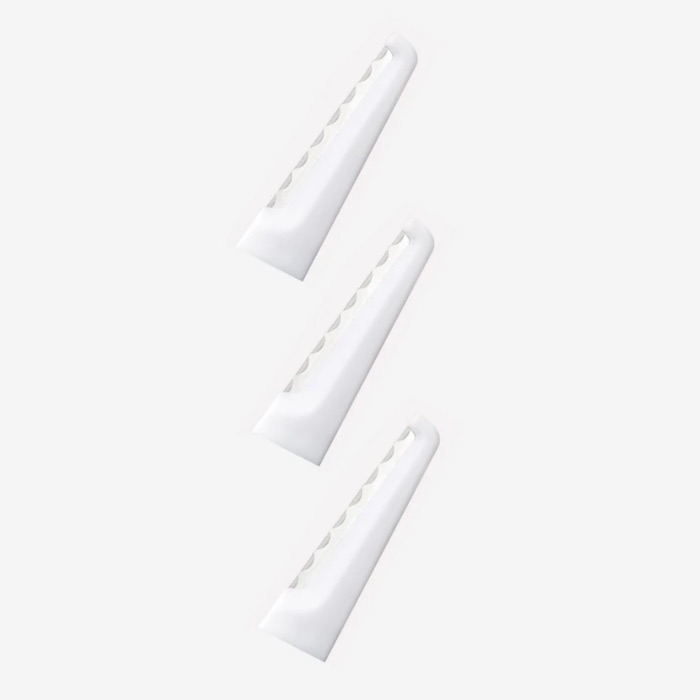
The single-edge blade is made from durable stainless steel and lasts for three to four uses (or longer, depending on whether or not you're using it over your whole face). I was surprised at just how sharp it is—a sharpness that can only otherwise be found in dermaplaning tools that are double or triple its price.
It's not flimsy or wasteful, either. The reusable handle feels heavy and substantial and features a grippy texture for worry-free use. It took me all of five minutes to use, and I was incredibly happy with the results. My skin was super smooth, which made me feel like my skincare products were able to penetrate better. When I applied makeup the next day, my foundation melted into my skin like a dream.
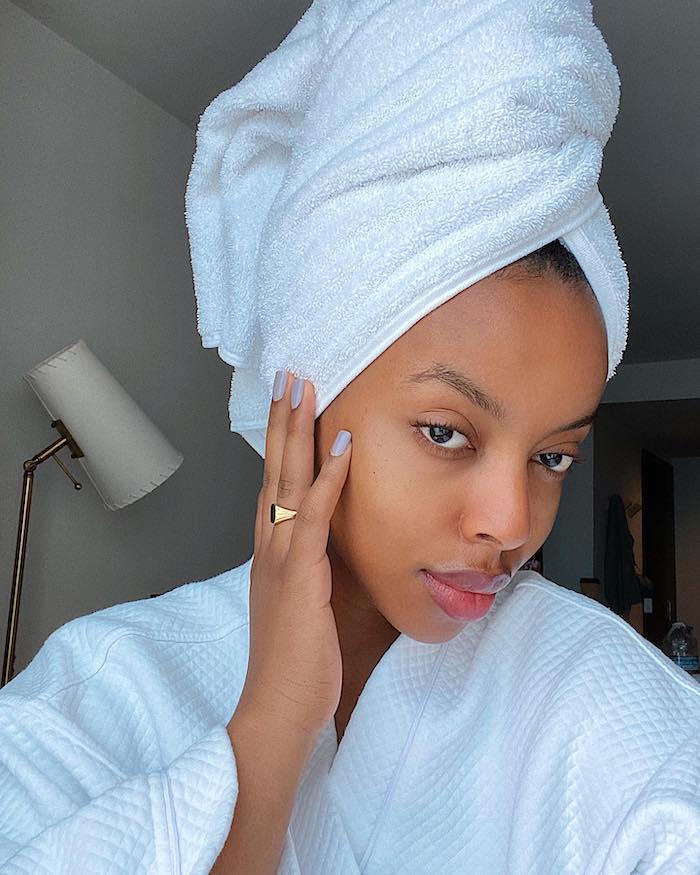
How Does Dermaplaning Benefit the Skin?
Aside from painless hair removal (which is a big deal), the main way dermaplaning benefits the skin is through exfoliation. As we know, regular exfoliation can do everything from improving skin texture to brightening tone to preventing breakouts, and more. To learn more about the exfoliation process, and the benefits dermaplaning can provide, I reached out to two skin experts.
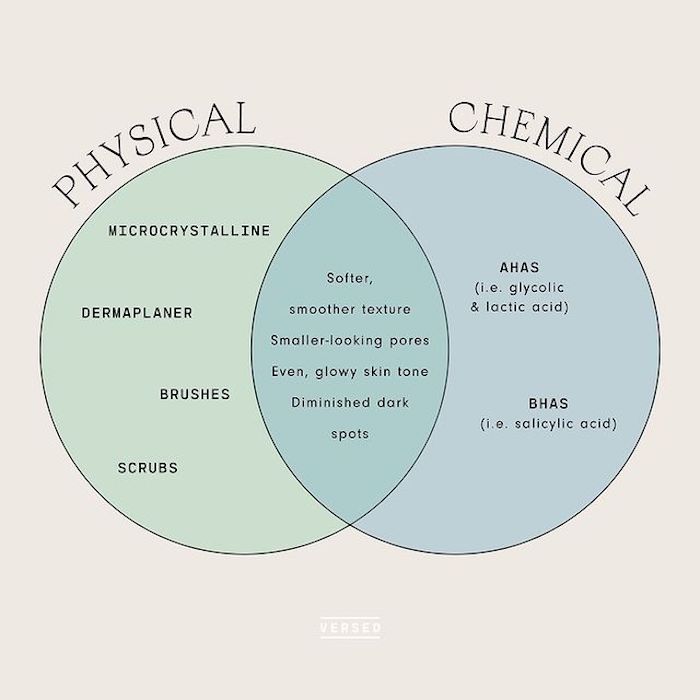
I learned that there are two ways to exfoliate: chemical and physical. According to Alexia Wambua, esthetician and founder of Native Atlas, "chemical exfoliation uses a low dose of acids or enzymes to break down the bonds between the top layer of skin cells. Instead of physically scrubbing, chemical exfoliants loosen up dead skin and can penetrate the skin to loosen other impurities that can clog pores."
Physical exfoliation is different. Let celebrity esthetician Candace Marino explain. "Physical exfoliation refers to anything that has an abrasive texture and requires a rubbing motion to slough away dead skin." Physical exfoliants include mitts, scrubs, and yes, dermaplaning.
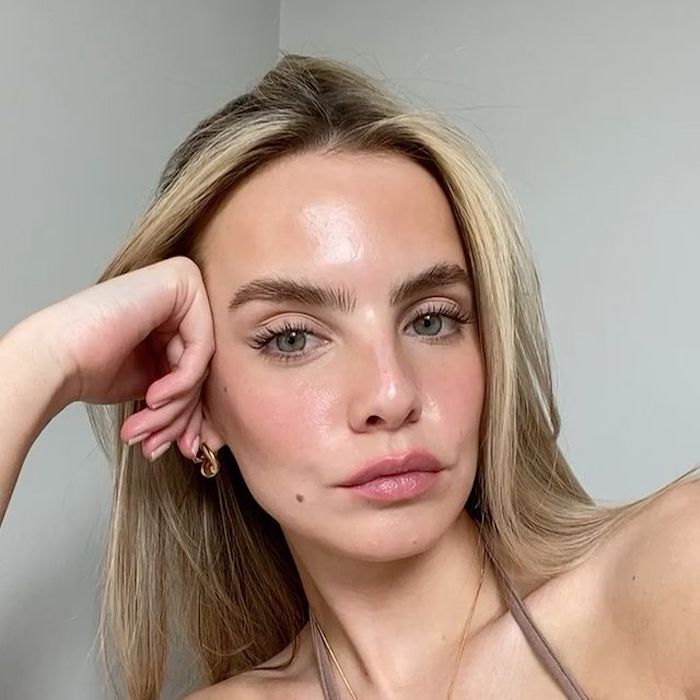
Dermaplaning offers all the benefits of traditional physical exfoliation with an added bonus. "Dermaplaning also helps skincare products get absorbed better by removing the dead skin cells that block absorption," Wambua explains. "The 'shave' also tricks the skin into thinking that it's wounded, which promotes collagen production that decreases fine lines and scarring."
How Do I Safely and Effectively Use a Dermaplaning Tool?
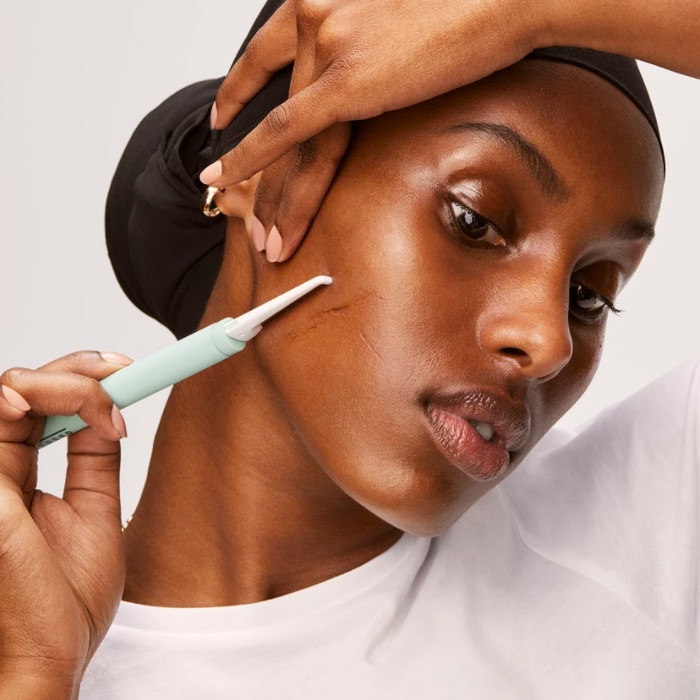
When it comes down to it, dermaplaning is pretty easy. All it requires is a steady hand and the right skincare products. "For most skin types, I personally like to use a degreasing toner to remove oils to ensure a smooth glide of the blade across the skin," Marino says. "When someone has very dry skin, we can utilize a facial oil to saturate the skin and the blade will glide safely across the skin."
Once your skin is adequately prepped, reach for your dermaplaning tool. "When dermaplaning at home, hold the blade at a 45-degree angle to prevent nicking yourself and to make sure that the layer of dead skin and peach fuzz is getting removed," Wambua says. "To prevent infection, always sterilize your dermaplaning tool and make sure the blade is sharp!"
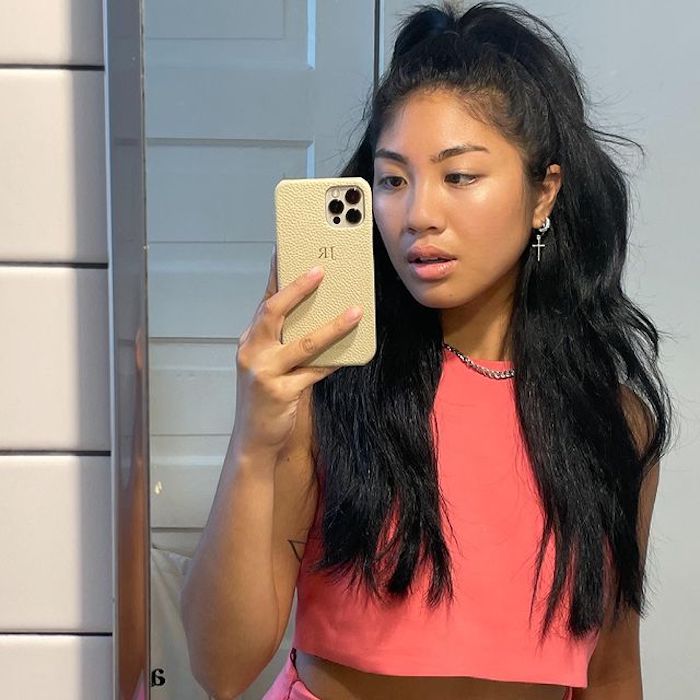
Wambua has one note of caution. "I generally advise people with active acne or other inflammatory conditions to avoid dermaplaning, because the physical exfoliation can trigger flare-ups and spread bacteria." If you're someone who's struggling with active acne or any other inflammatory condition, check out our list of expert-approved chemical exfoliants.
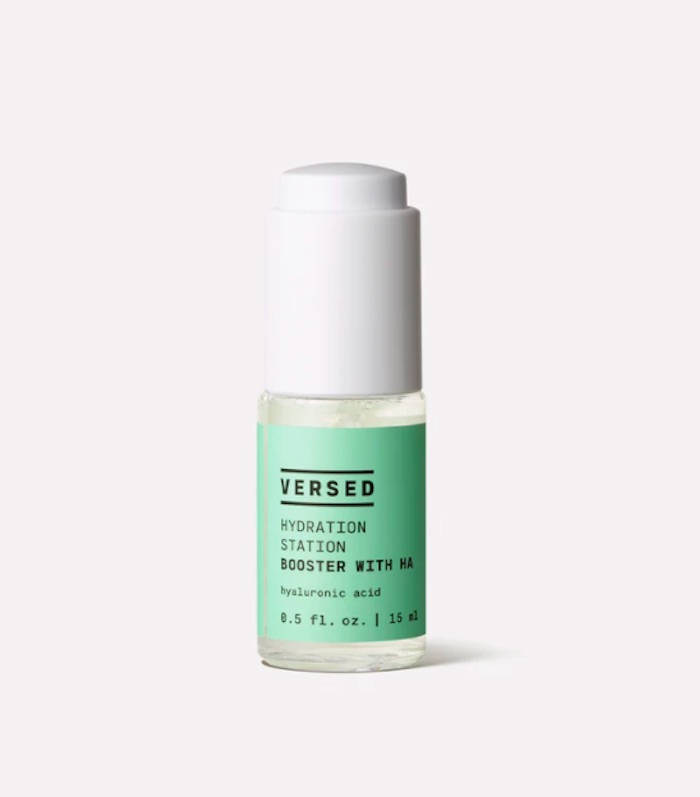
After you're done dermaplaning, it's time to apply your go-to skincare products. Just make sure you're avoiding harsh ingredients (and extra exfoliating ingredients, too). "Hydrating and soothing products that include ingredients like hyaluronic acid are a safe bet to use post-dermaplaning," Wambua says.
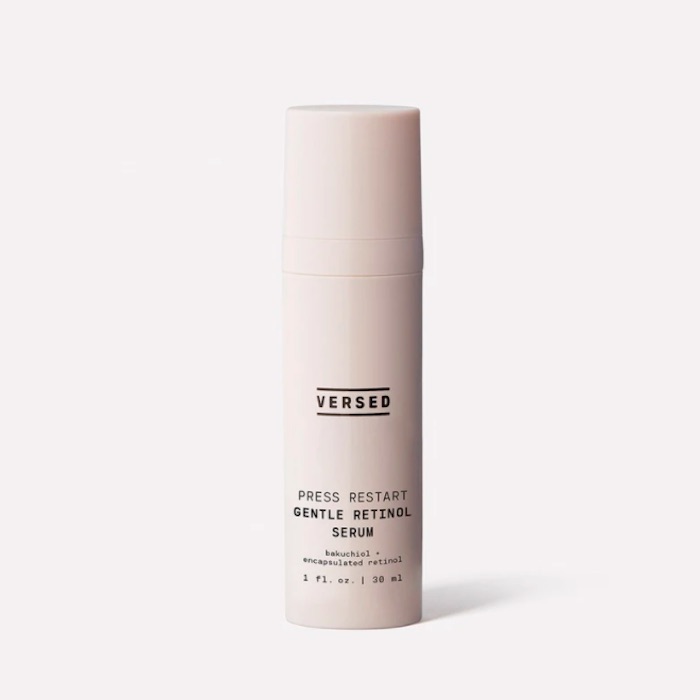
I always wait a while after dermaplaning to apply active ingredients like retinol, just to be sure I'm avoiding irritation. With that being said, I make it a point to use it about 24 hours later, to reap all the post-exfoliation benefits. Take it from Wambua who says, "anti-aging products and antioxidants like vitamin C and retinol will also be able to penetrate the skin more effectively after dermaplaning."
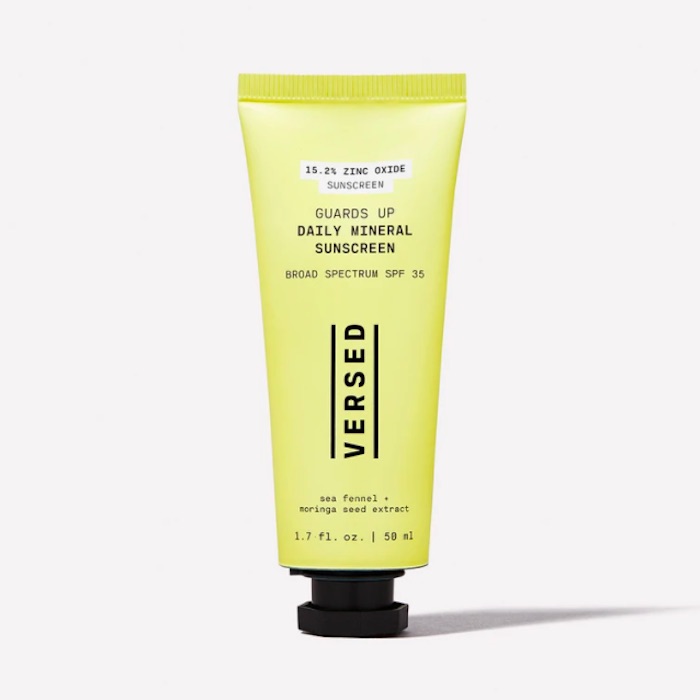
Never skip sunscreen, especially after dermaplaning or undergoing any exfoliation treatment of any kind. "Sun protection is always important, but avoiding sun damage and burns on the newly revealed skin is crucial," Wambua says.

3 More Exfoliating Products from Versed
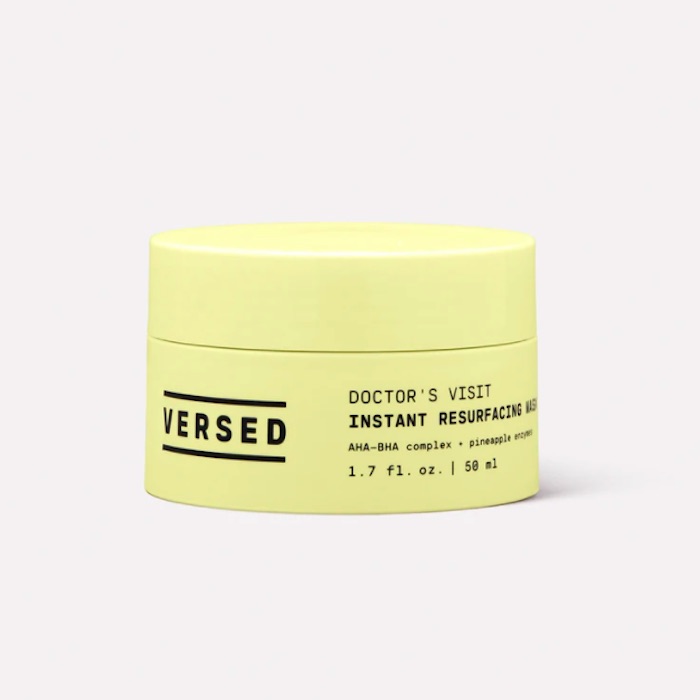
Glycolic and lactic acids, as well as pineapple and papaya enzymes, resurface the skin.
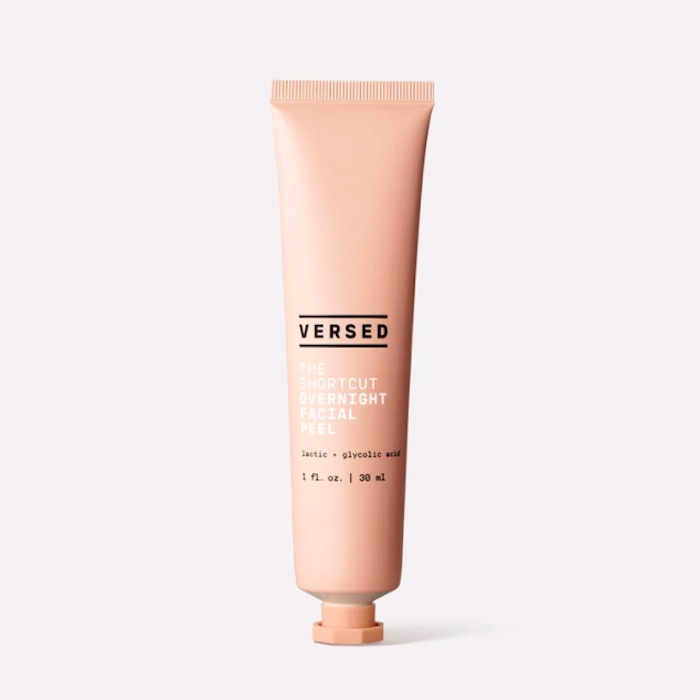
Wake up with glowing skin. This treatment exfoliates, hydrates, and brightens skin overnight.
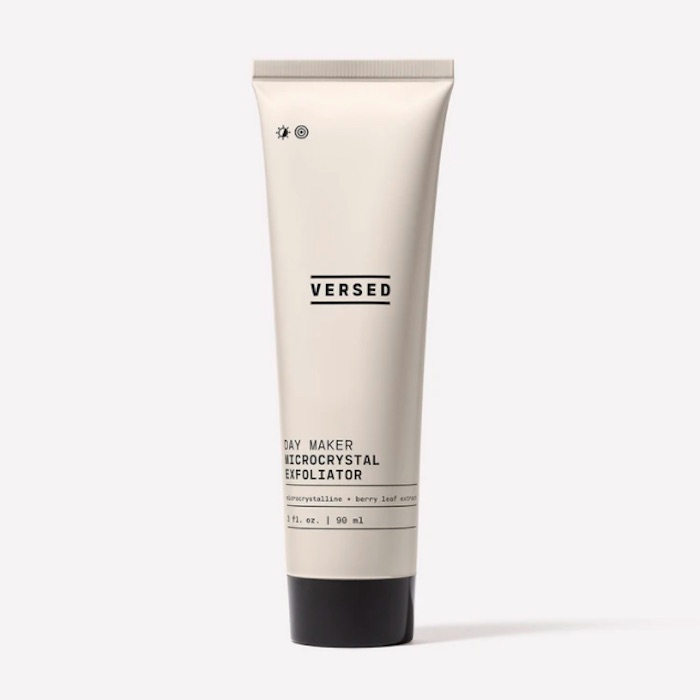
This exfoliating product contains a 100% plant-based, biodegradable alternative to microbeads.
Next, I'm breaking out—does my skin need salicylic acid or benzoyl peroxide?

Kaitlyn McLintock is a Beauty Editor at Who What Wear. She has 10 years of experience in the editorial industry, having previously written for other industry-leading publications, like Byrdie, InStyle, The Zoe Report, Bustle, and others. She covers all things beauty and wellness-related, but she has a special passion for creating skincare content (whether that's writing about an innovative in-office treatment, researching the benefits of a certain ingredient, or testing the latest and greatest at-home skin device). Having lived in Los Angeles, California, and Austin, Texas, she has since relocated back to her home state, Michigan. When she's not writing, researching, or testing beauty products, she's working through an ever-growing book collection or swimming in the Great Lakes.
